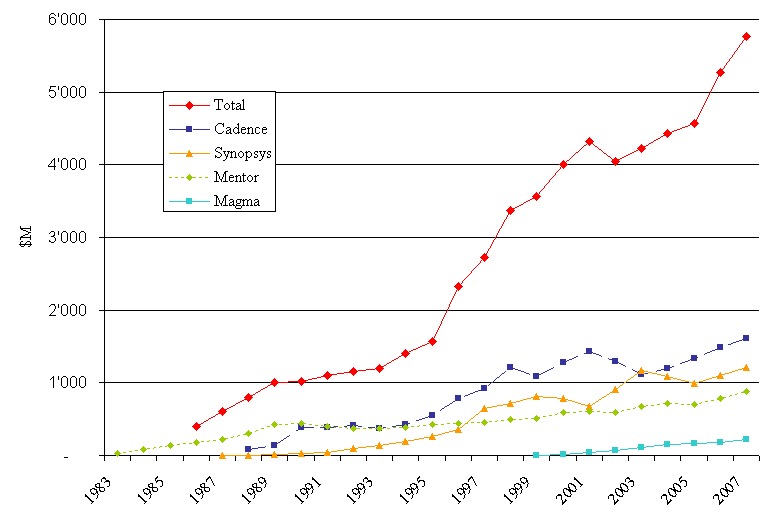I discovered yesterday the new 2008 Academic Ranking of World Universities done by the
When I published “Start-Up”, I had a conversation with Christophe Alix, a journalist at Libération who told me that I forgot one thing in my explanations of the
“Creating the Cold War University- The Transformation of Stanford” by Rebecca S. Lowen is an interesting book about how Stanford became wealthy in the 50’s and the 60’s thanks to federal money and industry contracts. Frederick Terman, often credited as being the father of
Lowen explains that “by 1960, the federal government was spending close to $1B for academic research and university-affiliated research centers, 79 percent of which went to just twenty universities, including Stanford, Berkeley, Caltech, MIT, Harvard and the University of Michigan” (page147). In the
Money definitely helps. I had however reacted against Alix’ argument as military money can not explain by itself the entrepreneurial spirit that




